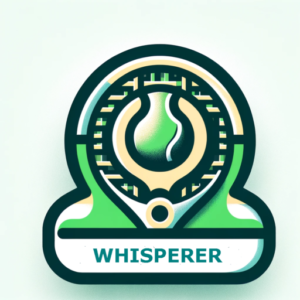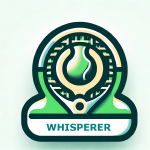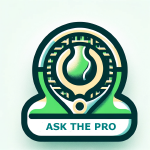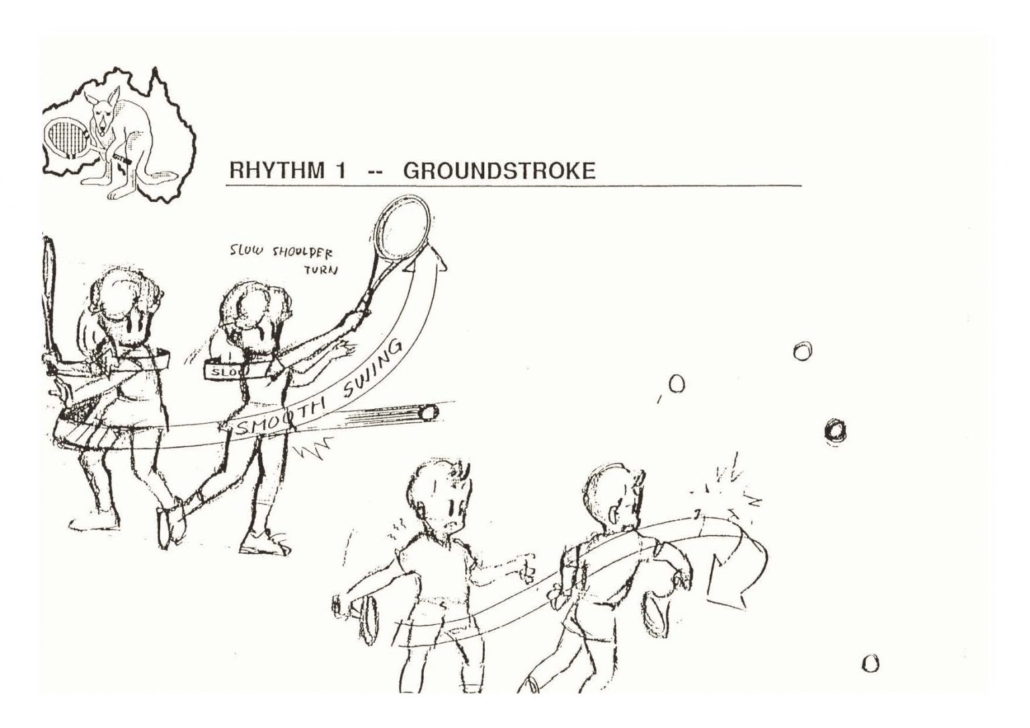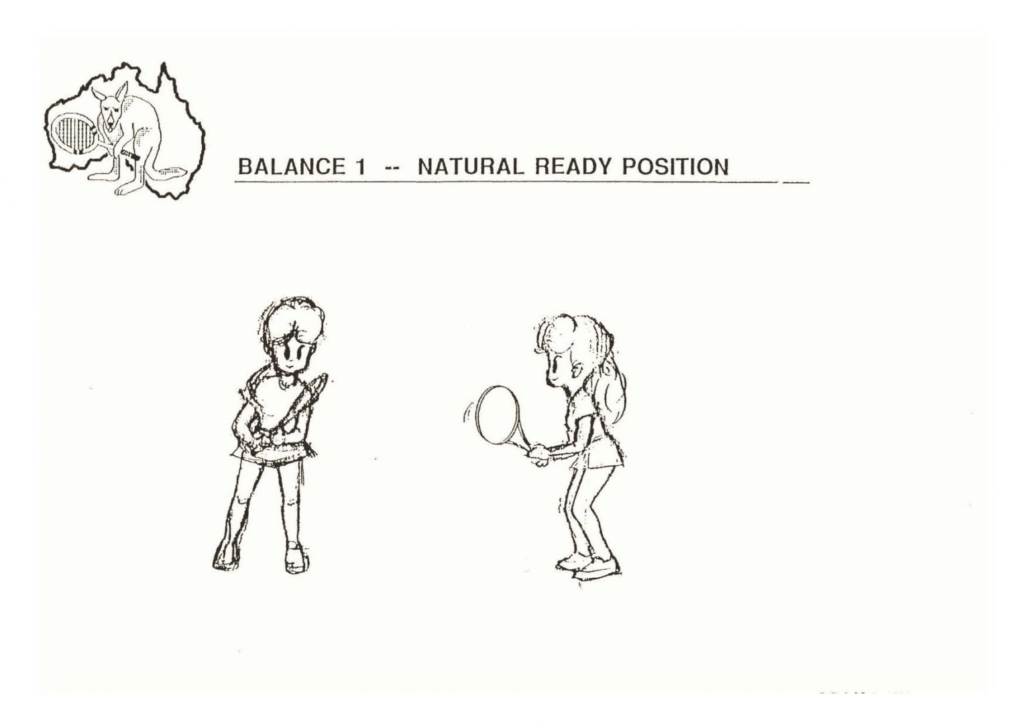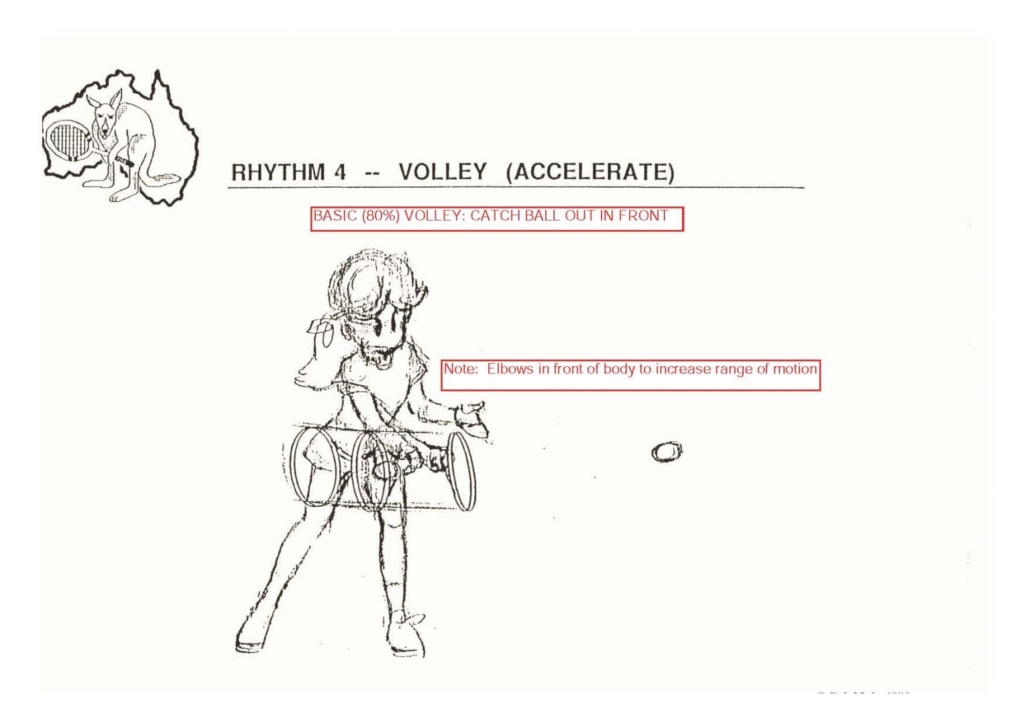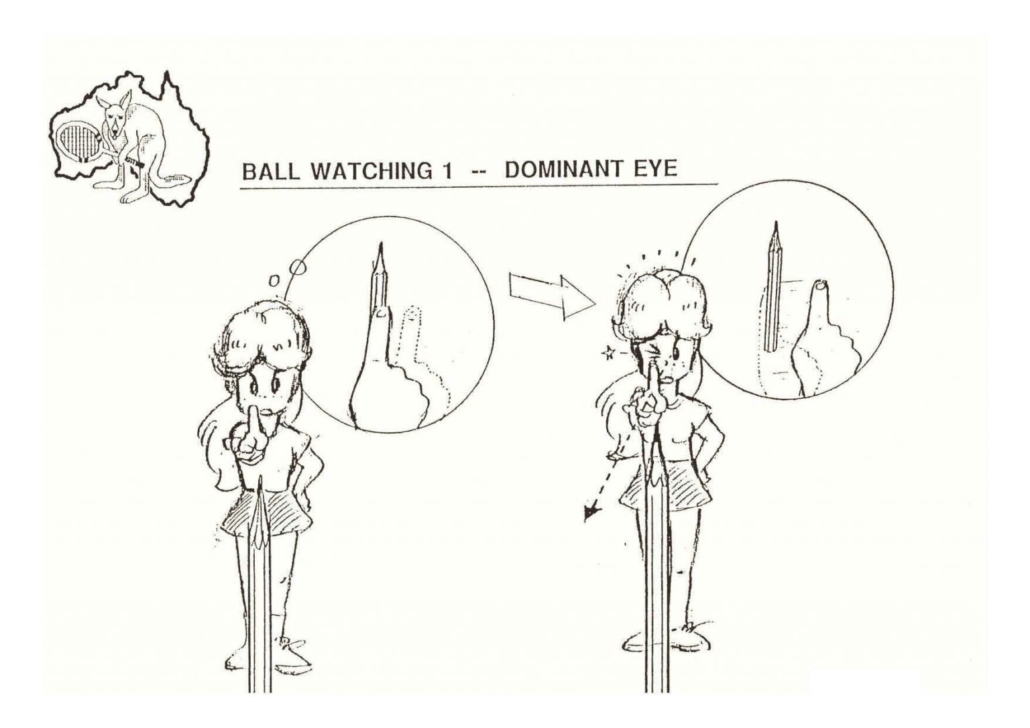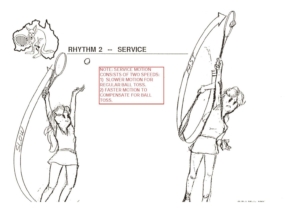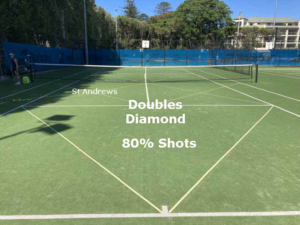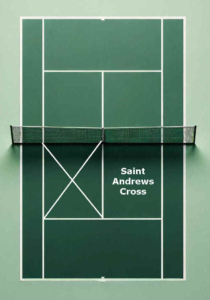In tennis, we often hear about “momentum” – those stretches when everything just clicks, or conversely, when things feel like they’re slipping away.
Understanding and mastering these psychological dynamics can be the key to turning matches around, and even more importantly, sustaining your best performance under pressure.
What is Momentum and Why Does it Matter?
In the world of competitive sports, momentum is the intangible force that athletes feel during moments when everything is either going right (positive momentum) or everything seems to go wrong (negative momentum).
In tennis, this often happens around critical moments known as “turning points” – those situations that can shift a player’s sense of control in a match, either driving them to a new high or shaking their confidence.
Turning points aren’t just about the score. They could be winning a risky point when you’re down, or missing a relatively easy shot at a key moment. Your response to these moments can be pivotal.
Insights from Elite Players
To dig deeper into the psychology of turning points, researchers interviewed nine elite tennis players from various countries who have played in Grand Slam events and represented their countries. By examining their experiences and strategies, the study revealed a few key themes around how top players approach these critical moments:
Positive Turning Points:
– Players described moments that directly impact the score, like winning a high-stakes point through a risky play. But it’s not all about scoring; psychological wins matter too, such as building confidence through steady focus or overcoming pressure on tough points.
Negative Turning Points:
– Mistakes at crucial junctures can lead to feelings of lost control. Players described these moments as spirals that can either shake confidence or prompt a surge of focus, depending on their reaction.
Building a Strong Response: Strategies to Shift Momentum
To navigate these turning points, elite players apply specific mental strategies that help them stay grounded, focused, and in control – especially when things get tense.
– Capitalizing on Positive Turning Points: Players build on successful moments to maintain momentum by focusing on their strengths and visualizing their success carrying forward. When things go right, they aim to sustain that energy by staying relaxed, confident, and in the moment.
– Coping with Negative Turning Points: Resilience is crucial. After a mistake, elite players don’t dwell on what went wrong. Instead, they use mental cues to reset, such as focusing on breathing, simplifying their game plan, or repeating a positive phrase. This helps them release frustration and regain control for the next point.
Takeaway for Competitive Players
Understanding and managing turning points is about more than just strategy; it’s about resilience and self-awareness. By incorporating these approaches into your practice and matches, you can train yourself to respond effectively to both high and low moments, giving you a competitive edge:
– Recognize Turning Points: Become aware of the moments that impact your sense of control, whether it’s a great rally win or a missed shot.
– Use Positive Momentum: When things go right, capitalize on it. Keep your focus forward and don’t get overly excited – aim for calm confidence.
– Respond to Negative Moments with Resilience: Acknowledge the setback, but don’t dwell. Use deep breaths, reset with a clear mental cue, and approach the next point with renewed focus.
Incorporating these psychological strategies can help you turn potential weaknesses into strengths, no matter what happens on the court. And remember, the mental game is as important as your physical skills – make it part of your training, and watch your performance improve.
Source: The psychology of turning points in tennis
Ana Soares (POR) and Chris Harwood (GBR)
ITF Coaching and Sport Science Review 2017; 71 (25): 26 -27
